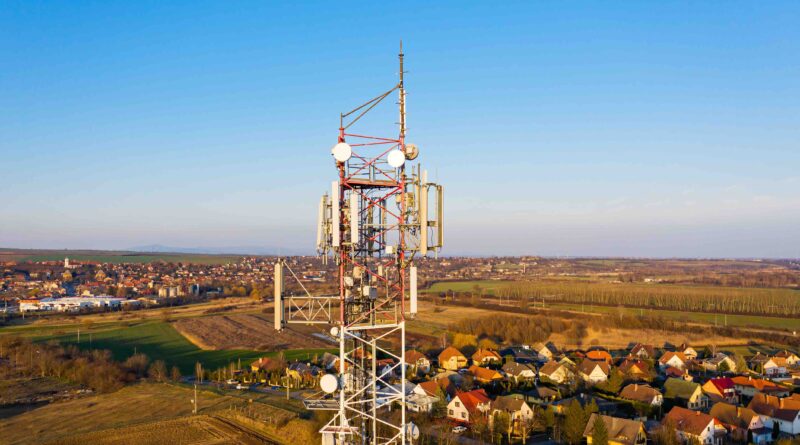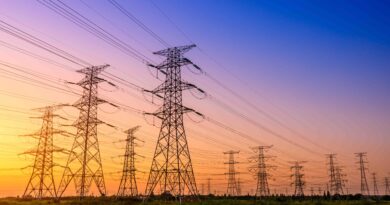DOE Awards $34 Million to Advance Clean Hydrogen
The U.S. Department of Energy will be awarding nearly $34 million to 19 industry- and university-led research projects that will advance cutting-edge technology solutions to make clean hydrogen a more available and affordable.
According to the Department of Energy, Hydrogen is a clean fuel that can be used in a fuel cell or a gas turbine to create electricity with only water and heat as byproducts. Clean hydrogen can be produced from zero-emissions electricity generated by wind, solar, geothermal, and nuclear, as well as from conversion of leak-tight natural gas and sustainably sourced biomass with carbon capture and storage. However, currently more than 95% of the roughly 10 million metric tons of hydrogen produced in the United States comes from natural gas without the capture and geologic storage of carbon dioxide, which results in significant emissions. This is why advancing clean hydrogen production is important to help address climate change.
DOE’s National Energy Technology Laboratory (NETL), under the purview of DOE’s Office of Fossil Energy and Carbon Management (FECM), will manage the selected projects. Projects will focus on:
- Developing technologies that could help produce clean hydrogen at lower cost and with less energy;
- Exploring ways to produce hydrogen using biomass, effluent waters from oil and natural gas development and production, and other wastes; and
- Expanding options for safe and efficient hydrogen transport and storage across the nation.
A detailed list of the selected projects can be found here.
With the selections announced today, FECM has announced investments of more than $122 million in 72 projects since January 2021 to explore new, clean methods to produce hydrogen and to improve the performance of hydrogen-fueled turbines. These projects support DOE’s Hydrogen Shot initiative, which seeks to reduce the cost of clean hydrogen by 80% to $1 per 1 kilogram in one decade to grow new, clean hydrogen pathways in the United States.



